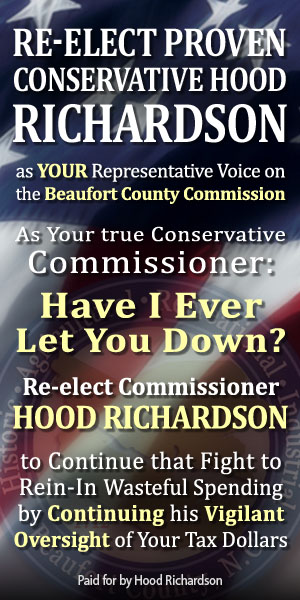Publisher's note: This article appeared on John Hood's daily column in the Carolina Journal, which, because of Author / Publisher Hood, is linked to the John Locke Foundation.
RALEIGH - Remember when fiscal conservatives took over North Carolina government and radically reduced its size and scope?
Sorry, trick question. No such event ever happened, except in the fevered imagination of liberal editorial writers. While it is true that Republicans, running as fiscal conservatives, took control of the state legislature in 2010 and a majority of North Carolina's county commissions in 2012, the subsequent budgets didn't radically reduce government spending. At the state level, total spending is trending down only modestly when adjusted for inflation and population. At the local level, spending growth is either leveling off or rising at a slower pace than before.
I don't know whether you will find this information reassuring or distressing. But if you get all your news about North Carolina government from spending lobbies and their media clients, I know you'll find this information surprising.
One source of confusion here is that the state budget contains a variety of different funds and revenue sources. One of them is the General Fund, which uses state tax and fee revenue to finance programs public schools, corrections, the state's share of Medicaid, and other programs. Back in the day, most of the state budget was contained in the General Fund, so lawmakers, reporters, lobbyists, and others typically said "the state budget" when what they really meant was "the General Fund."
Such rhetorical laziness is no longer wise. Most state spending now occurs outside the General Fund. If you try to evaluate the sufficiency of North Carolina's spending on, say, education or social services without including federal funds, you won't get very far. We can have a productive discussion about whether federal funding ought to play such a large role in state programs, but first we have to agree that it does.
According to a
new study by my John Locke Foundation colleague Sarah Curry, here are the facts about state spending trends:
- North Carolina spent about $5,350 per resident on education, health care, transportation, and other state services in 2012. That's about 79 percent more than North Carolina spent 20 years ago, and 34 percent more than a decade ago. If you divide by average per-capita income, that translates into 14 percent of personal income spent on state services - the highest level in state history.
- By 2015, total per-capita state spending is projected to drop from that 2012 peak to around $5,109. That translates into - hold onto your hats! - a 4 percent decrease over three years. The 2015 spending figure will still be the third-highest in North Carolina history. We might just survive the apocalypse.
- The state's General Fund had already been dropping, by about 15 percent from 2009 to 2012 after adjusting for inflation and population. But other parts of the state budget were increasing during the same period. A tax dollar spent is a tax dollar spent, regardless of whether it originated and stayed in North Carolina or originated here, went to Washington, and then came back. Over the next three fiscal years, General Fund will actually tick up by about 3 percent.
I'm certainly not arguing that relying on federal funding is a healthy trend. As we all know, the federal budget remains woefully out of balance, despite the salutary effects of sequester cuts. I think total government spending in the United States is too high. At 34 percent of GDP in 2012, it is lower than the postwar peak of 37 percent (reached in 2009) but still markedly higher than the postwar average of 30 percent.
America's immediate goal should be at least to return to that 30 percent level. North Carolina can do its part by pressuring Congress to freeze or reduce federal spending, rather than asking for more of it, while continuing to reform the state's own fiscal policies. North Carolina voters, in turn, can do their part by making sure they have good information about the size and scope of government, so they can hold their public officials accountable for what happens in the real world, not in some liberal writer's imagination.
























